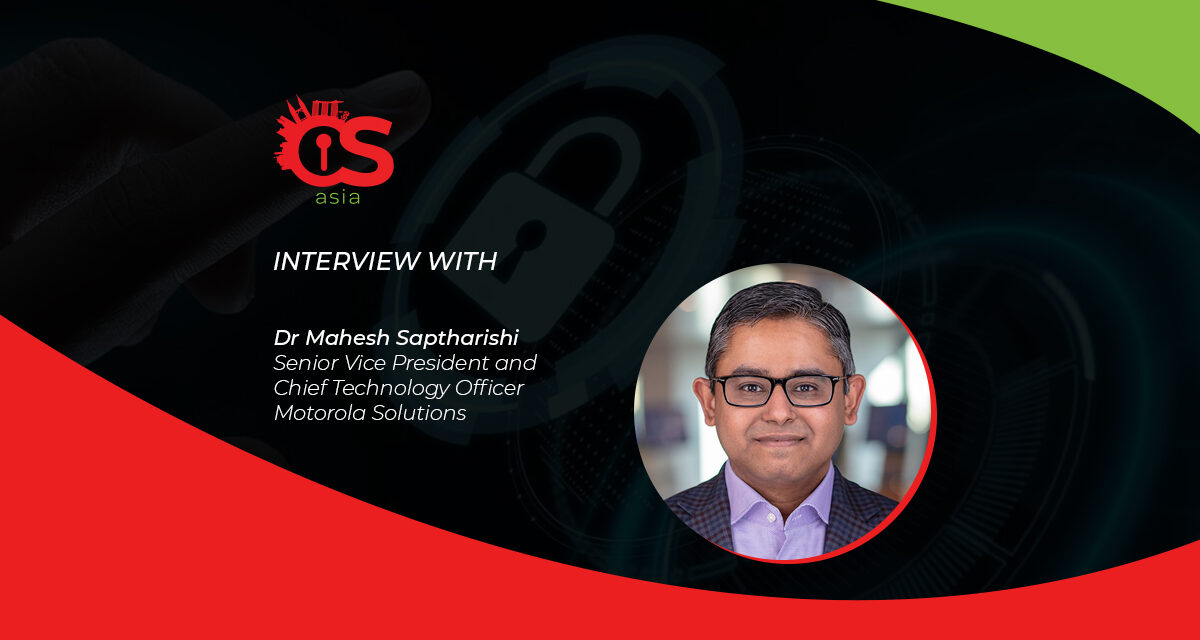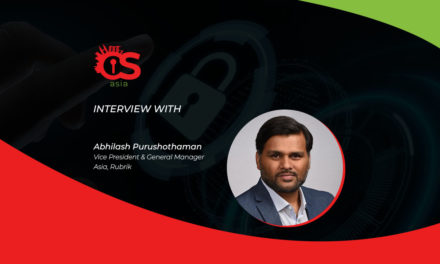How has the pandemic accelerated the use of digital technology, especially for data sharing and analytics?
Dr Mahesh: A number of public safety agencies found they were able to improve their service delivery by sharing and correlating more of their data with other agencies.
In some cases, agencies shared their data with neighboring states to identify risks and prevent crime. In Australia for example, automatic number plate recognition technologies have been used to detect whether vehicles have entered unauthorized areas or attempted to cross state borders illegally. During COVID-19 lockdowns, this capability has been used to limit and prevent the spread of the virus.
The value of a piece of data such as a license plate may seem small, but it’s value increases exponentially if public safety agencies can correlate it with other data points. For example, sharing license plate data might help to detect whether a vehicle belongs to a person with a criminal history in another jurisdiction.
Our citizen survey also found that communities have a strong desire to share information with their public safety agencies. 68% of respondents said they wanted to use technology to help emergency services by sharing images, video and other data with them.
The pandemic has also stimulated greater use of analytics technology, especially video analytics to identify threats or unusual events – for example, whether or not people are wearing face masks or adhering to social distancing rules.
While the pandemic has taken center stage for a while now, we should be mindful of other public safety concerns (such as crime, terrorism and natural disasters). What can be done, taking into account all aspects of public safety now and post-pandemic?
Dr Mahesh: It’s certainly true that those challenges remain and will continue.
We are already seeing that technology deployed to address specific problems related to COVID-19 will continue to be useful beyond the pandemic.
That observation runs throughout all four of the major technology themes we identified in our research: the growing use of video security solutions, the broader adoption of cloud technology, a greater need for interoperability and data sharing and the continuing importance of mission-critical communications.
Looking to the future, it’s the integration of those technologies into a single platform that can provide even greater advantages for public safety and enterprise organizations. Through technology integration, organizations can make greater use of data and communication and realize benefits including enhanced awareness, safety and productivity across their operations.
The research also highlights that the way to build a safe and sustainable future beyond the pandemic is for public safety, enterprises and citizens to build it together.
Therefore, technology platforms that enable citizens to do things such as submit details about incidents in their communities, to check on the status of ongoing events and provide anonymous crime tip-offs is also becoming critically important.
Please share some current technological advancements undertaken by governments and agencies in Asia Pacific (such as Singapore and Malaysia) and how these enable better crisis response and management?
Dr Mahesh: Governments and agencies in Asia Pacific are using technology in a number of innovative ways to improve emergency response, manage their risks and work more effectively.
For example, Singapore Police has trialed technologies to enable citizens to live stream video during their 999 emergency calls via their mobile phones back to a command center.
Solutions like that can provide valuable intelligence to first responders so they can make better decisions when they arrive on scene and can also help to foster closer collaboration between citizens and government agencies.
Public transport providers in Singapore and Malaysia have made extensive use of video analytics technology since the pandemic. This includes video cameras used at Singapore Mass Rapid Transport (SMRT) stations, on the street and inside trains to help to keep travelers safe, deter crime and improve emergency response.
Royal Malaysia Police (RMP) is another public safety agency that uses a variety of advanced technologies to enhance public safety. This includes secure, nationwide digitally encrypted voice communications as well as video technologies including drones for threat prevention at border areas. This is helping the police agency to stay ahead of the curve and prevent serious events including smuggling and cross-border crime.
Across the board, public safety agencies and businesses in the Asia Pacific region are applying innovation in ways that not only improve the way they respond, but they are using advanced technology and data intelligently to get ahead of what’s next.
The Asia Pacific region was already known as a heartland for innovation before COVID-19 and we expect that trend to continue well beyond the pandemic.

















